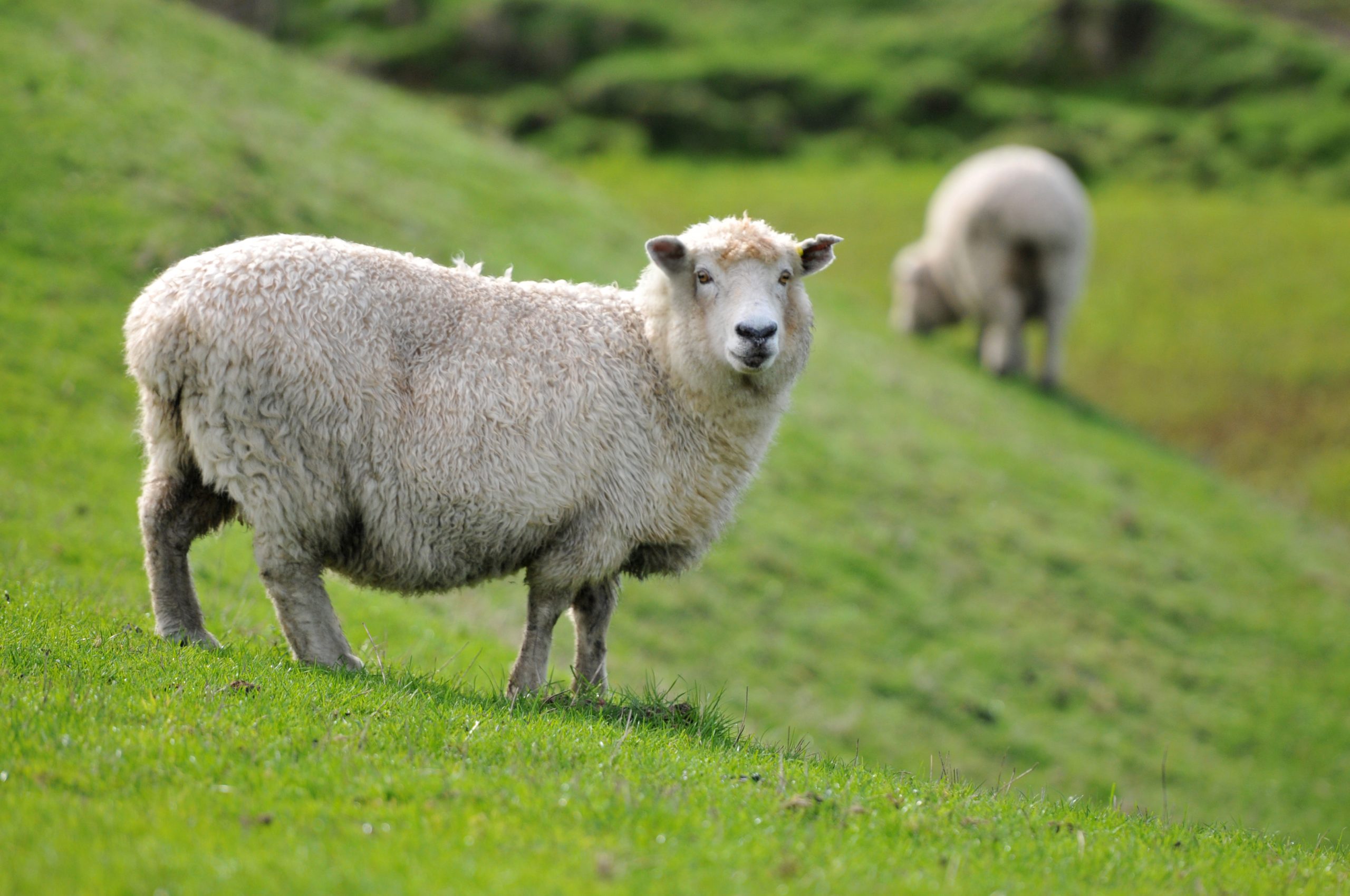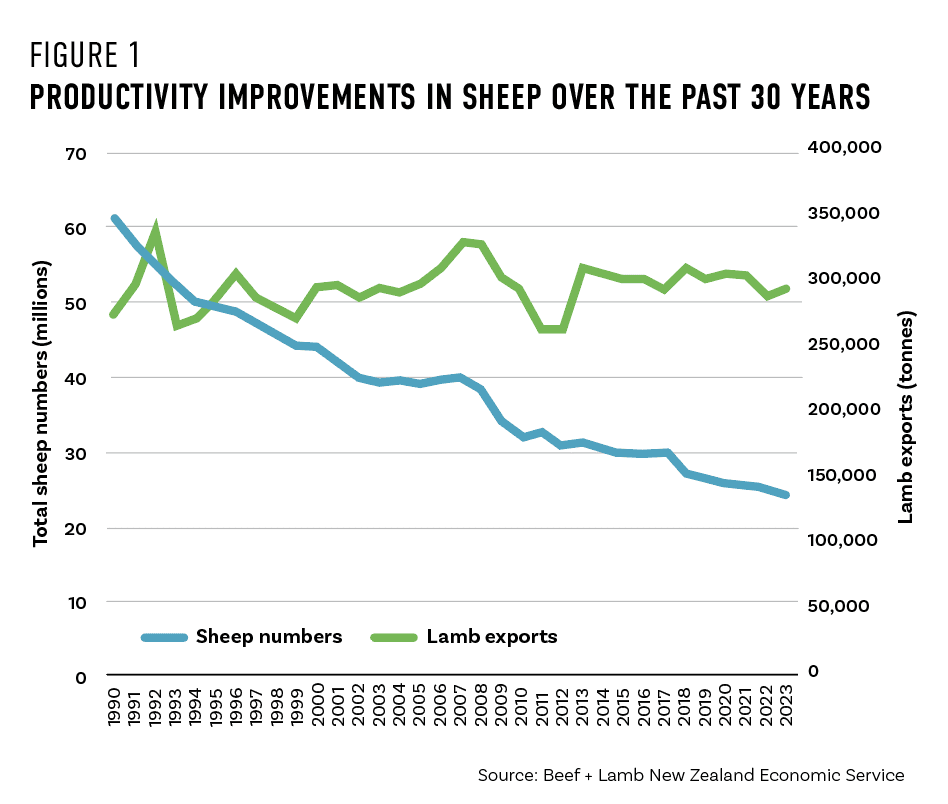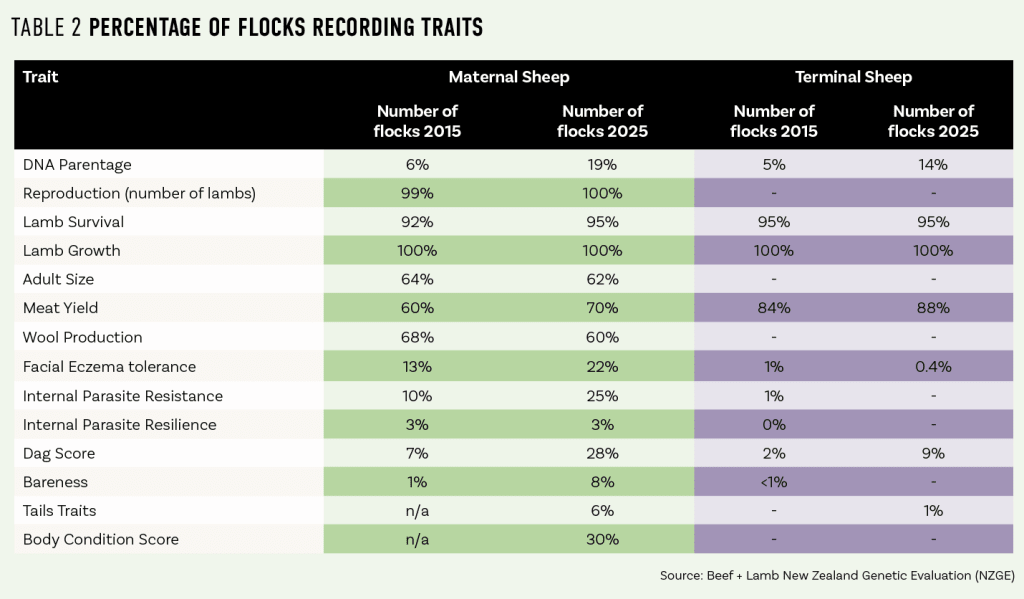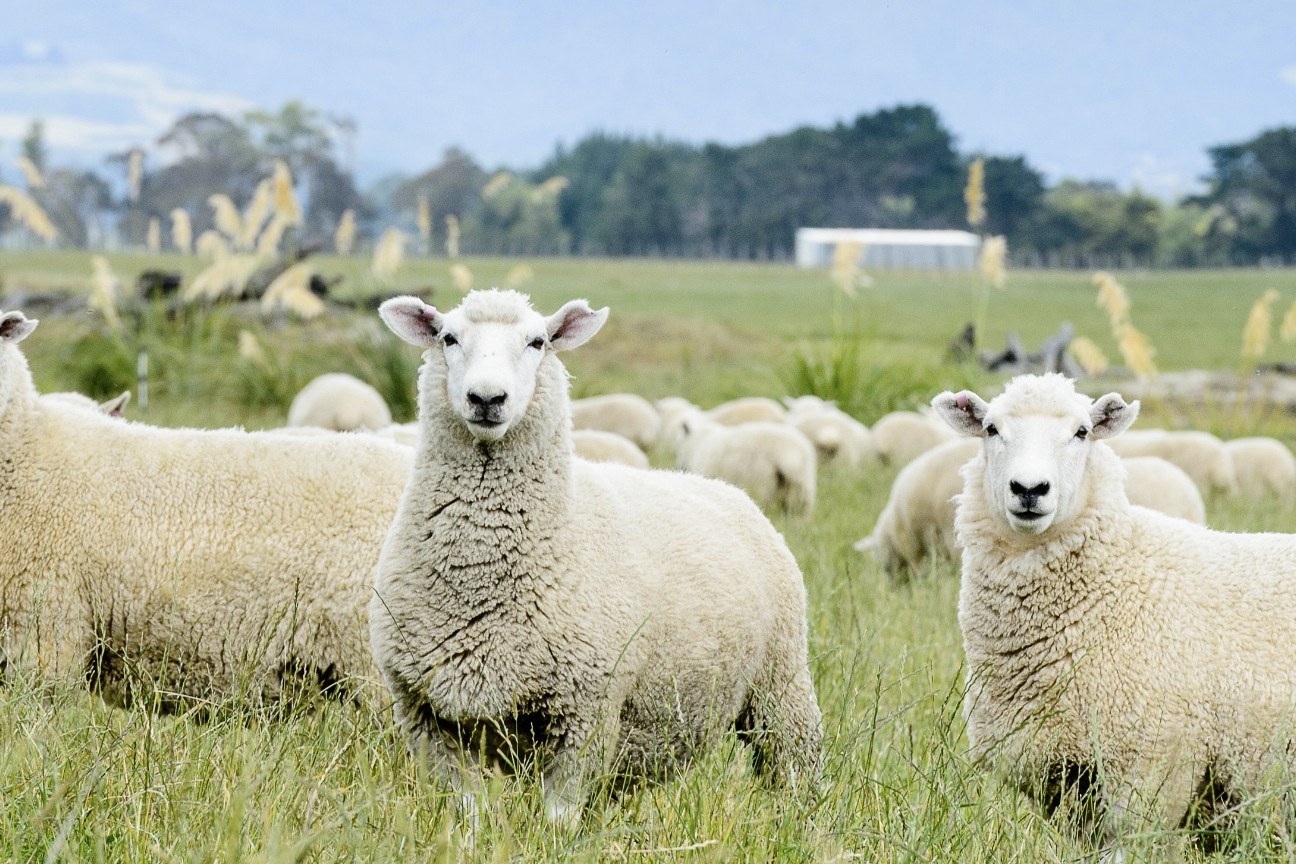NZ Sheep Industry’s 30-Year Report Card
Since 1995, Beef + Lamb New Zealand has been recording the sheep industry’s genetic progress through its national genetic evaluation (the NZGE) and results over the last three decades highlight how impressive this progress has been. Words Sandra Taylor.

Over the past 30 years, the industry has shown strong adaptability in response to changing market demands, economic and social conditions, farm system changes, climate and animal health challenges. While ewe numbers have continued to decline, productivity has steadily advanced: the output of carcase weight sold per ewe has doubled, and the kilograms of dry matter required to grow a kilogram of carcase weight has reduced from 36kg DM/kg CW to 24kg DM/kg CW.
Lambing performance has also improved, with the number of lambs per adult ewe mated rising from 100% to 137%.
While some of these gains can be attributed to a slight improvement in the quality of the forages grown, half of these are efficiency gains due to genetic progress, with the balance driven by improved on-farm management practices which help realise these genetics.
“The rate of genetic gain has trended up but the rate of productivity has tapered off since 2013, suggesting that farm inputs to allow these genetic gains haven’t kept up.” – Dr Jason Archer, Head of Genetics, Beef + Lamb New Zealand
“You can’t do one without the other,” says Jason Archer, B+LNZ’s Head of Genetics.
“If you don’t have the genetic capacity, the management is useless and if you don’t have the management, you can’t capture the value of the genetic improvements.”
Although the rate of genetic gain has continued in its upward trajectory, the rate of productivity gain has tapered off since 2013, suggesting that farm inputs have not kept up to allow these genetic gains to be fully expressed.
There has also been a change in focus in recent years from productivity traits (fertility, carcase weight) to traits that support health and resilience – such as parasite resistance, facial eczema
tolerance and body condition score, which are helping farmers operate in more challenging environments.
Current benchmarks
Jason says percentile band tables are a useful benchmarking resource for indexes and breeding values for connected flocks within the NZGE. Each month, the percentile bands tables are produced from the most recent NZGE run for Maternal and Terminal traits.
Table 1 compares trait and index averages from 2015 and 2025 percentile bands tables. Table 2 (overleaf) shows the percentage of flocks recording different traits.
“We can see in some cases the number of flocks recording has increased for certain traits which can be seen as a sign of increased breeder engagements and a shift in priorities and mindset,” explains Jason.
He says it illustrates that the number of breeders recording facial eczema, parasites, dag score and BCS has gone up, reflecting the need to breed sheep that can perform in more challenging environments with reduced inputs. There has been a corresponding drop in the percentage of flocks recording wool, which is an indication of poor market returns
for wool.
A breakdown of the success
Jason looks at how some traits have tracked over 30 years, reflecting the impact of industry-wide improvements in genetics and management.
Maternal and terminal indexes
The New Zealand Maternal Worth (NZMW) index includes reproduction, survival, growth, and adult size, while the New Zealand Terminal Worth (NZTW) includes survival, growth, and meat yield. An index is an economic value representing a grouping of breeding values.
“It’s a single figure and presented as a dollar value, so it takes the confusion out of using lots of EBVs with a range of different units,” says Jason.
Gains made since 1995 amount to $21 per ewe lambing for NZMW and $15 per lamb born for NZTW.
Body condition score
Jason says body condition score (BCS), which has a moderate heritability of 16–20%, was introduced as a breeding value in 2015 and since then, it has increased significantly.
As a trait, body condition score relates to productivity because higher body condition score ewes are more resilient to adverse conditions. They are more fertile, their lambs have a far greater chance of surviving, they produce more milk and their lambs have higher pre-weaning growth rates. They are also able to cope better with stressors such as challenges from internal parasites.
He says body condition scoring ewes at key times of the year has been identified as a driver of profitability and a key component of top-performing sheep flocks.
Condition scores range from 1 to 5, with 1 being a ewe in very poor condition and 5 being a ewe in exceptionally good condition.
Breeders can record their ewes’ body condition scores in the NZGE at any of four key times, namely mating, scanning, lambing or weaning.
Jason says the BCS index weighting is based on energy and feed costs of gaining a unit of BCS minus energy and feed costs released by a unit of BCS.
The final economic value is defined by the difference in cost associated with ewes that have a 1 BCS difference at mating.
Lamb survival
Jason says as a trait, lamb survival is hard to improve, and it is difficult to see progress within any single flock. However, across-flock average lines show progress is being made, albeit at a slow rate. He says understandably, the genetic gains in lamb survival have been better in maternal flocks versus terminal flocks. This is partially because they have larger flock sizes so have more accurate estimates of genetic merit.
On average, flocks within New Zealand record 15–18% mortality rates in their lambs with 75% of these losses likely occurring within three to five days of lambing.
Jason says while lamb survival is multi-faceted, genetics is one area that farmers can take action to improve survival, along with ewe nutrition and refining lambing management, to reduce losses.
Recent research into lamb survival genetics is showing tangible results. Conservative estimates suggest that genetic improvements were responsible for an additional 337,000 commercial lambs weaned in 2023. This adds around $54 million per year to the New Zealand economy.
Parasite resistance (WormFEC)
With triple drench resistance becoming ubiquitous, Jason says parasite resistance is becoming increasingly important for flock resilience, productivity and long-term sustainability. Genetic progress in this trait has accelerated in recent years, meaning commercial breeders can include parasite resistance in their ram selection criteria, confident they will see results in future ewe flocks.






